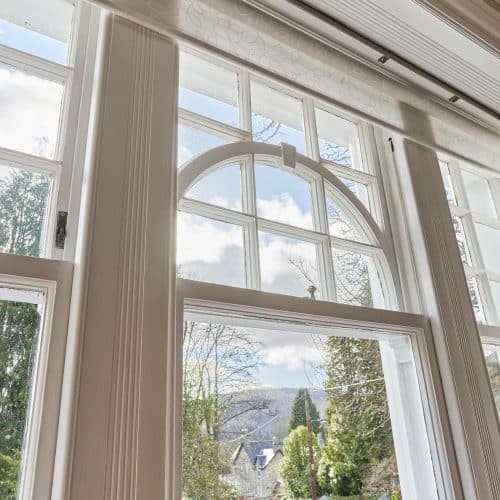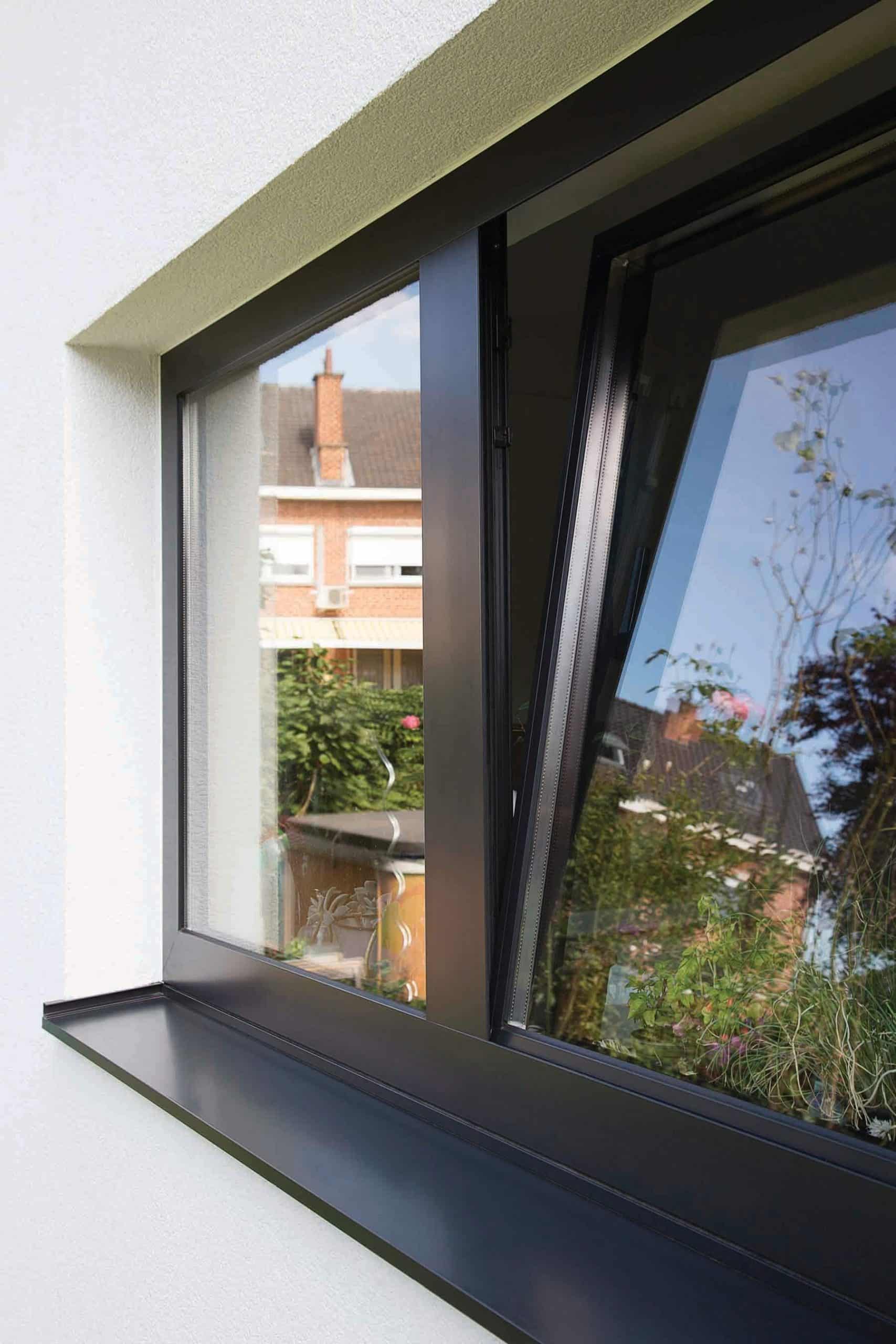Timber vs Aluminium – Which material is more sustainable?
As we move towards achieving the Future Homes Standard by 2025, many homeowners and developers are wondering what the most sustainable window frame material is. Thermal performance, longevity and recyclability are all factors that need to be considered when answering this question. Thankfully, both timber and aluminium exhibit these properties in abundance. So, how do they compare? And is one material more sustainable than the other?
| Timber windows | Aluminium windows |
| A naturally excellent insulator | Fantastic insulation thanks to polyamide thermal breaking technology |
| 100% recyclable | 100% recyclable |
| Completely renewable material source | Non-renewable source, but it is the most abundant metal on Earth |
| Can last up to 60 years | Can last up to 45 years |
Is timber the most sustainable material?
The above comparison would suggest that timber is the most sustainable material. The trees cut down to manufacture timber window frames can always be replanted. In this sense, the timber window industry has a superior chance of achieving carbon net zero emissions.
If maintained properly, their extended life expectancy also means that fewer timber windows have to be manufactured. This of course also results in lower carbon emissions from manufacturers. When the timber frames do reach the end of their life, the material can be completely recycled and made into new products.
Discover more advantages of timber framed windows here.

Is aluminium environmentally sustainable?
Yes. While aluminium isn’t a renewable resource, it is the most abundant metal on Earth. It has to be extracted from its ore, called bauxite, which can be found all over the world. It makes up 8% of the Earth’s overall mass.
What it lacks in renewability, it makes up for in recyclability. 100% of an aluminium window frame can be recycled over and over again without losing quality. In fact, over 75% of all aluminium ever produced is still in circulation today.

Are timber windows more energy-efficient than aluminium windows?
There’s a reason why timber has been the primary window and door material since the inception of houses. It’s an outstanding natural insulator, preventing heat from escaping. This reduces property owners’ need to overwork their central heating, which in turn reduces their carbon emissions.
Many assume aluminium windows must be bad insulators, as metals are natural conductors of heat. However, thanks to modern polyamide thermal breaking technology, aluminium frames are now at the peak of thermal performance. The technology involves inserting a plastic sheet between the window’s inner and outer frame, creating a ‘break’ which significantly slows the rate of thermal transfusion.
While authentic timber is marginally more sustainable overall, both materials are exceptional choices for any property looking to reduce their carbon footprint. Discover more glazing ideas for timber and aluminium here.

Timber and aluminium heritage windows in Harrogate and beyond
Ventrolla are the experts when it comes to heritage repairs and installation work on period properties. From terraces, cottages, mansions, and villas, to schools, hospitals, courts and historic civic buildings, we’re confident you won’t find a more dedicated and skilled heritage window company than us.
View our full range of case studies here.
If you have any further questions about heritage windows, please do not hesitate to contact us online or call us on 0800 378 278
